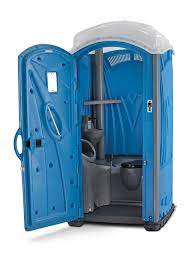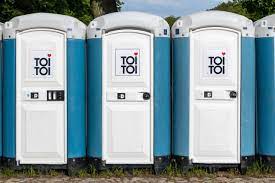
Egg cartons made of plastic or paperboard materials provide vital packaging solution for storage and transportation of eggs. Eggs require an extremely secure packaging solution due to the delicate and porous nature of egg shells.
Egg cartons market has wide applications due to the booming demand for poultry products. An important factor that affects the growth of poultry products is the requirement of safety in storing and distribution of eggs.
With the use of new technology and tools, the quality and safety of eggs can be maintained through shock and stress absorbing packaging systems. Egg cartons are broadly used across the globe for packaging of eggs.
Egg cartons are characterized by dimpled foams that accommodate individual eggs. This dimpled foam also helps protect eggs by absorbing the stress or shock exerted during transportation. Generally, plastic such as polystyrene form or recycled paper is used for manufacturing egg carton.
Over the past few years, egg cartons market has been one of the fastest growing markets supplying packaging solution to the global food & beverages industry.
The primary driver in global egg carton packaging market is the convenience in carrying and transporting of eggs. Egg carton manufacturers also implement various innovative ideas for the safe transportation of eggs.
Also, egg cartons made of paper are recyclable in nature and thus become a very cost effective solution for the storage of eggs. All such factors fuel up to the growth of global egg cartons market.
However, on the other hand, due to stiff competition in the manufacturers of plastic egg cartons and the dynamic change in the cost of raw materials that is required in manufacturing egg cartons, the market for egg cartons has suffered restricted growth.
Egg cartons made of recyclable paper is generally used as they form a cheap source of egg storage whereas, plastic egg cartons can be utilized as an airtight and sturdy source of egg transportation to transport eggs on longer routes.
Egg cartons having twelve (12) egg size dimples are standard egg cartons and are usually used in markets.
The global egg packaging market size is expected to reach $3.7 billion by 2025, growing at a compound annual growth rate (CAGR) of four percent (4%) during 2020-2025.
Poultry contributes nine to ten percent (9-10%) of the livestock thirteen percent (13%) total contribution and the chicken population in Nigeria is estimated at one hundred and fifty milllion, six hundred and eighty-two (150,682) million with twenty-five percent (25%) being provided by commercial farms, fifteen percent (15%) semi- commercial and sixty percent (60%) from backyard.
Nigeria, with a population of about two hundred million people (200,000,000) is grossly underprovided with the essential food component, which is protein. For example, data from the federal office of statistics (FOS), central of bank of Nigeria (CBN), and food and agriculture organization (FAO) of the United Nations indicate that from cattle, less than two (2) kilogrammes (2kg) of beef is available to an average Nigerian per year and just mere four kilogrammes (4 kg) of eggs per annum is available to each Nigerian.
In fact, milk production has been nose diving or at best has remained constant since 1994.This scenario is compounded more so when the volume of egg supply is very low, being ten point fifty six grams (10.56 g) per person per day as compared with the usual recommendation that an egg should be consumed by an adult per day.
This recommendation would imply a crate of thirty (30) eggs per month. This story also holds for other meat products including, chicken.
Eggs need to store in a safe way before they can be transported because of their fragile nature hence the need for egg crates.






















